

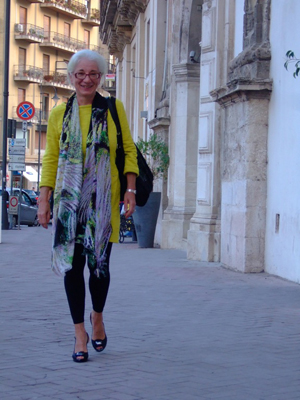 |
The Venice Biennale of Art, 2013 by Marjorie Morton Something was pulling me towards the Venice Biennale this year. I hadn’t been there since 1997, and that had not been a very inspiring exhibition for me. Rather, it pushed me away. But this year I wanted to go. I hadn’t heard or read anything about it. I just went. The Biennale is a massive exhibition. There is a very large central pavilion in a garden –Il Giardino-- and a large space at the Venice Arsenale, and in these spaces the artwork is selected by a curator (this year 150 artists from 37 countries). In addition, there were 88 national pavilions and exhibition spaces devoted to individual countries. With such a daunting amount of artwork to see, on the way there I created a focus for myself to satisfy my own curiosity and needs as an artist: What do we see or what is left of spirituality in art at this exhibition? I expected disappointment. I got just the opposite. The theme in the garden and arsenal was “The Human Encyclopedia” and it incorporated art spanning the last century as well as some new work especially commissioned for the exhibition. The idea behind the Encyclopedia was the personal spiritual cosmology of the artist, and the work that was selected brilliantly reflected that idea.
|
||
The images in this exhibition transparently revealed the very deepest psycho-spiritual spaces, fantasies and interpretive realities of the artists. It was thrilling to see C. G. Jung’s Red Book – a book in which Jung painted images from his dreams – in the same exhibition with Indian tantric art and video installations that lifted the viewer into magnificent imaginary spaces. The countries that participated with individual exhibitions, represented usually by only one or two artists, had also selected engaging and powerful work.
|
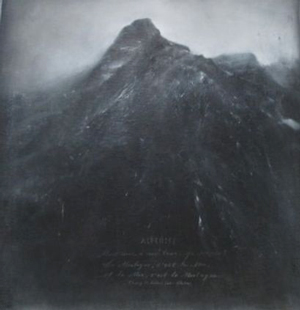 |
||
 |
I suppose it is natural that afterwards I started comparing the world that I come from – classical realism, portraiture and also film– to the world I had experienced there. There was no way to see the work of every artist, so I choose here, three artists whose work is grounded in realism and whose work deeply moved me. I think that it is fair to say that the hypnotic video by Anri Sala from France, Ravel Ravel, Unravel, of hands playing a piece of music by Ravel, brilliantly edited to make us feel we are inside the experience of the pianist, might be considered a profoundly interpretive yet realistic portrait of the pianist. |
||
The American artist, Ellen Altfest’s, delicate hyper-realistic oil paintings are richly textured and subtly colored, a tactile, sensory feast. The most realistic work that I saw, by Thierry De Cordier of Belgium, is of seascapes and mountains painted in black and white. Here, the lack of color makes the images seem even more real as sometimes happens in old black and white movies. But what these three artists really have in common is that their work uses realism and at the same time transcends what it depicts. |
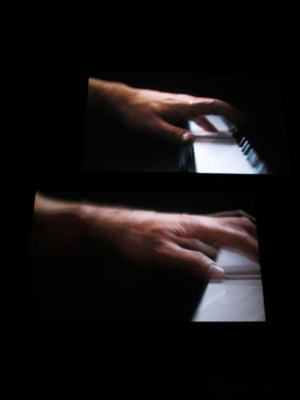 |
||
| Links: http://www.xavierhufkens.com/artists/thierry-de-cordier http://whitecube.com/artists/ellen_altfest/ http://vimeo.com/72887258 PS: If you take a look at this year’s BP Awards -- there are numerous portraits that go very deeply into the spirit and psyche of the subject and yet remain realistic and convincing. I could imagine some of them hanging at Il Giardino and fitting right in. http://www.npg.org.uk/whatson/exhibitions/bp-portrait-award-2013/the-exhibition/exhibitors.phpexhibitors),
|
|||


| |

| |

| |
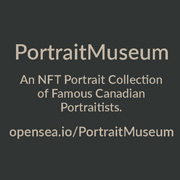
| |
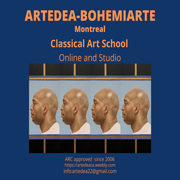
| |
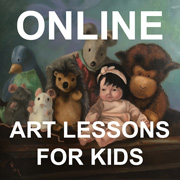
| |

| |
